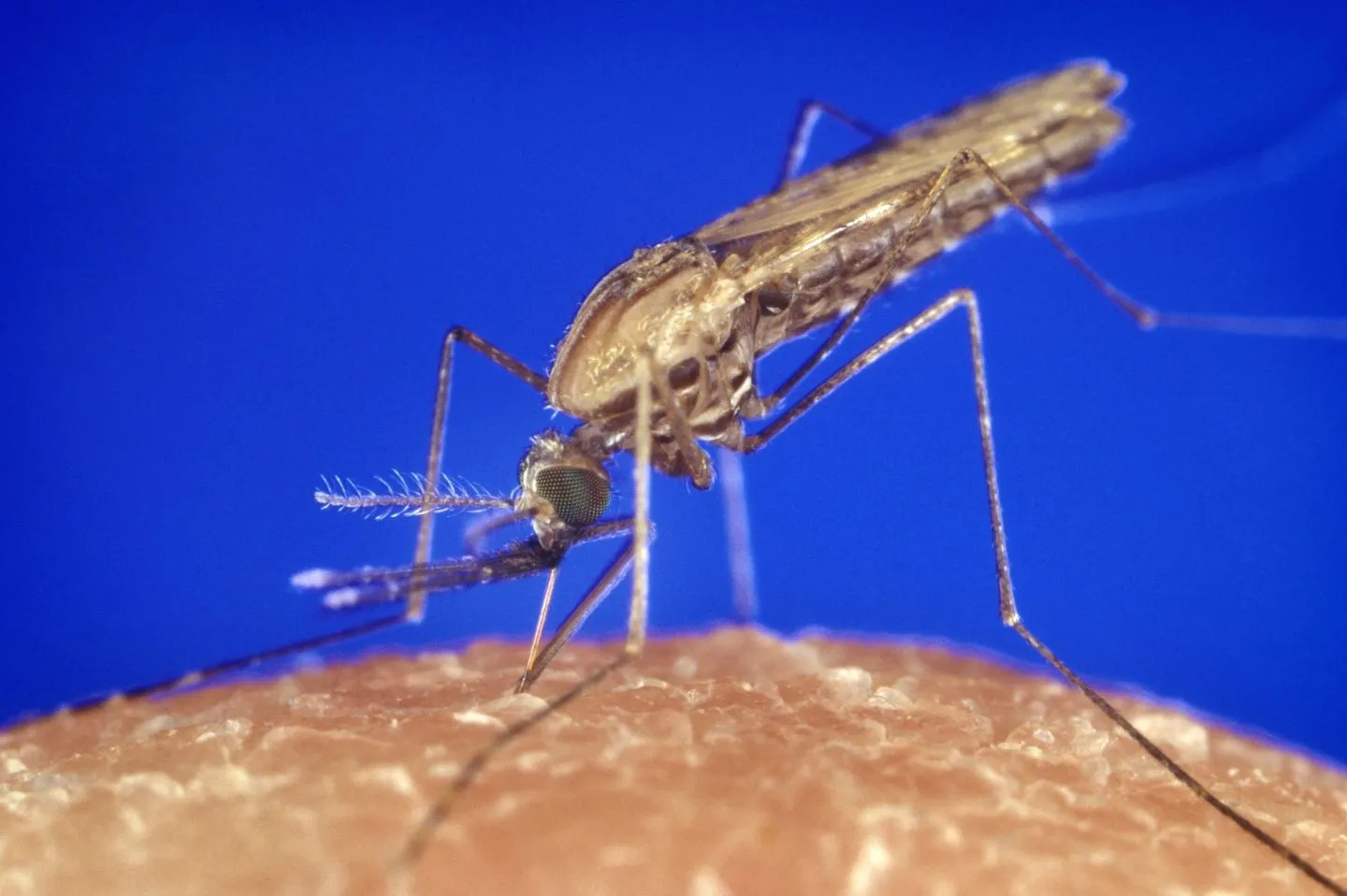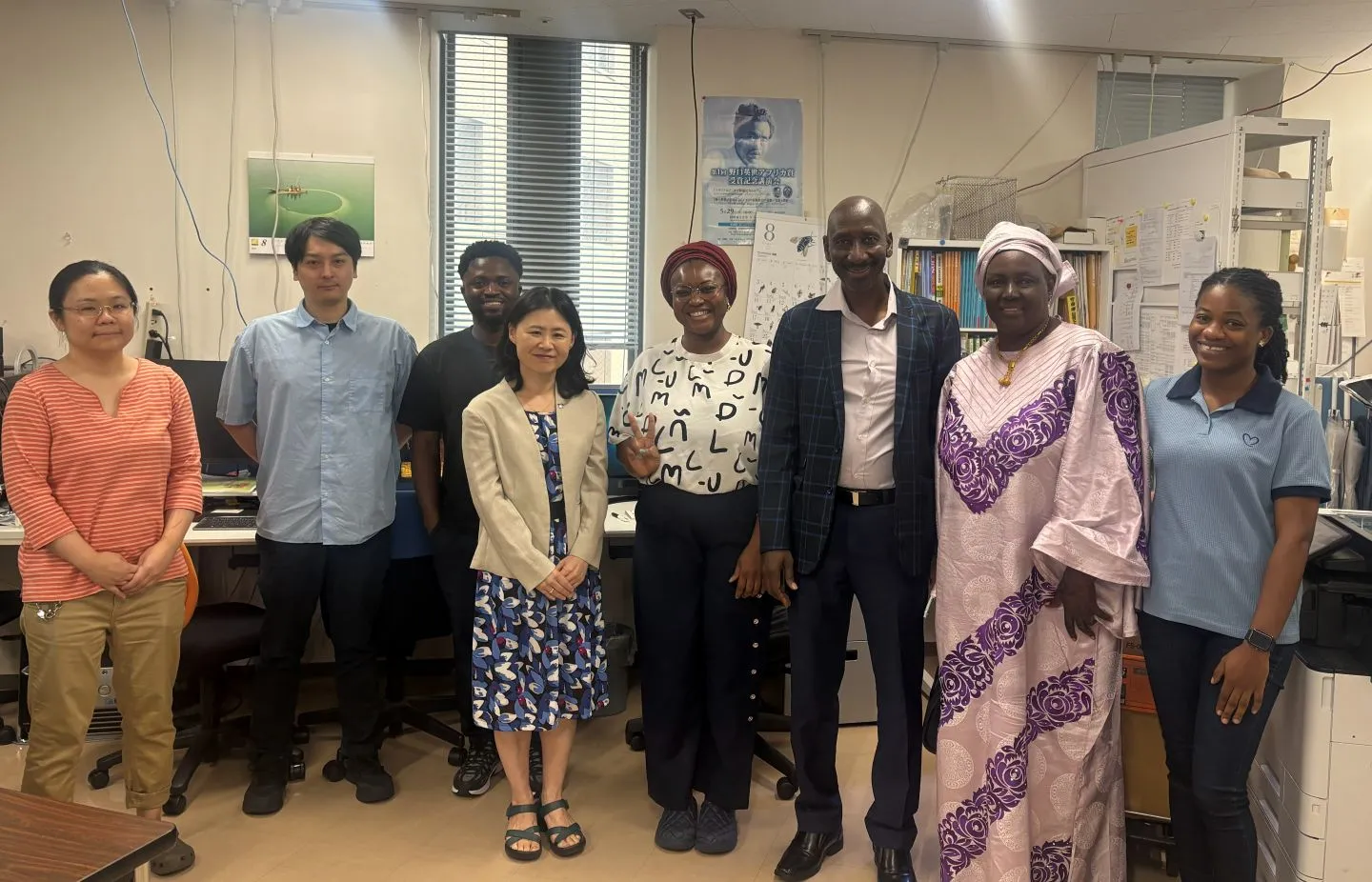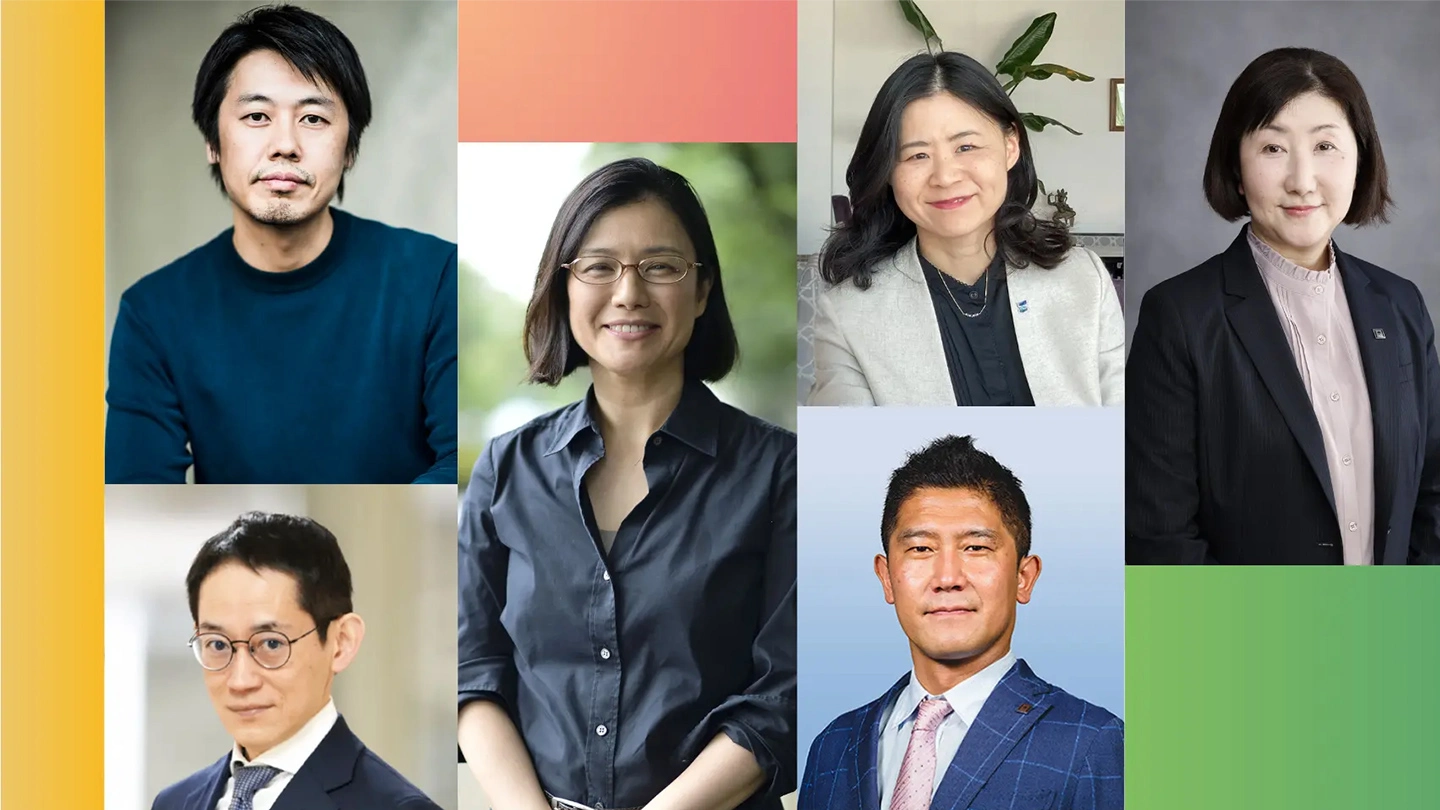Tackling malaria! Unraveling infection mechanisms and pioneering next-generation vaccines
A new approach to control malaria through collaboration with researchers in Africa and Asia
Malaria — A global threat
On tropical nights, mosquitoes continue to spread malaria parasites that claim over 600,000 lives every year worldwide.
The malaria parasite is a tiny organism that causes malaria. Hundreds of millions of people are infected with it each year, placing their lives at risk. The disease remains rampant in tropical regions of Africa and Asia, where the growing problem of drug resistance—parasites becoming less responsive to medication—has become a serious concern. The World Health Organization (WHO) has set a goal of significantly reducing malaria by 2030, but achieving this will require entirely new strategies.

Although malaria may seem like a disease confined to faraway tropical countries, it has affected many other parts of the world in history. While the disease has been virtually eradicated in some countries today, in a globalized world where people and goods move freely across borders, infection risks can never be ignored. Public health challenges know no borders—thinking about infectious disease control on a global scale is also an important mission for researchers.
In 2021, a major milestone was reached when the WHO, for the first time in history, recommended the widespread use of a malaria vaccine for children in Africa. This vaccine reduces the risk of severe illness and death by about 30%, but it remains insufficient to stop the overall spread of the disease. Although several antimalarial drugs have been developed, resistant strains of the parasite have repeatedly spread rapidly around the world. The same is true for mosquito repellents—mosquito populations continually evolve to resist new chemicals.
While research to improve vaccines and drugs is progressing, science has yet to fully keep up with the rapid adaptation of the parasite. For that reason, researchers worldwide are returning to basic research—seeking to understand the fundamental mechanisms of infection—as the key to developing the “next move” in the fight against malaria.
A new perspective from Japan — Professor Tomoko Ishino’s approach
At Institute of Science Tokyo (Science Tokyo), Professor Tomoko Ishino is tackling malaria from a unique perspective.
When a mosquito carrying the malaria parasite bites a person, the parasite first infects hepatocytes, where it multiplies before invading red blood cells—this is when symptoms such as fever and anemia appear. Professor Ishino focuses on uncovering how the parasite enters the human body and specifically infects hepatocytes.
Her research aims to block parasite transmission at two critical stages. First, she seeks to identify the “entry point” into humans at the molecular level where the parasite invades liver cells—and to develop methods to block it. Second, she explores a “transmission-blocking” strategy to interrupt the infection cycle from humans to mosquitoes and back again by inhibiting parasite development within the mosquito vector.

Both approaches require experiments using live mosquitoes, making the work extremely challenging. Nevertheless, Professor Ishino and her team employ advanced techniques such as genome editing and live imaging to elucidate molecular mechanisms of parasite infection, combining their expertise and teamwork to push this research forward.
Her research is built on four main pillars:
1. Understanding the molecular mechanisms of Malaria Parasite infection
Deepening biological understanding of the parasite, particularly how it interacts with and invades human hepatocytes.
2. Improving Existing Vaccines
Developing a new experimental platform incorporating cutting-edge technologies such as “liver-on-a-chip,” which mimics the structure of the human liver and enables detailed observation of the parasite’s initial invasion process. This approach could lead to the design of vaccines targeting the parasite’s arrival towards hepatocytes.
3. Designing Vaccines for Parasite Diversity
The Plasmodium falciparum parasite, common in Africa, differs from Plasmodium vivax, prevalent in Asia. Moreover, the proteins targeted by vaccines vary genetically among regions. Professor Ishino’s team aims to develop region-specific vaccines optimized for local strains.
4. Developing Transmission-Blocking Vaccines
This innovative type of vaccine targets the parasite inside the mosquito, breaking the chain of infection between humans and mosquitoes—an entirely unique strategy in malaria prevention.
Reciprocal malaria research — Connecting Japan and Africa in the fight against infectious diseases
“The key to eradicating malaria lies not only in the laboratory but also in working hand in hand with people in endemic regions—learning together and building the future together,” says Professor Ishino.
With this philosophy, she has built long-standing partnerships of trust and collaboration with researchers across Africa and Asia. Her team conducts research through a reciprocal model—bringing discoveries from Japanese laboratories to the field for verification, and returning with new insights to inform the next stage of research.
Human resource development is another crucial aspect of her work. Her lab welcomes young researchers from Ghana and Thailand while also sending Japanese students abroad, fostering future scientists who will sustain global research networks for years to come.
A symbolic event of this collaboration took place in August 2025, when Dr. Abdoulaye Djimdé from Mali visited Professor Ishino’s laboratory. Dr. Djimdé, recipient of the 5th Hideyo Noguchi Africa Prize, attended the award ceremony in the presence of Their Majesties the Emperor and Empress of Japan. During his visit to Science Tokyo, he deepened discussions on joint research with Japanese scientists and international students from Africa.
Dr. Djimdé is also known for building a continent-wide network of African malaria researchers. His visit marked an important milestone in expanding future collaborations between Science Tokyo and the Global South. Strengthening cooperation between Japan and Africa is expected to contribute directly to both Japan’s infectious disease preparedness and global public health.

Comment from Prof. Tomoko Ishino
Ishino One of the things I value most is sharing the joy and importance of basic research with students and young scientists. Fundamental research does not always produce immediately useful results, but the question “Why?” is the driving force of science. By enjoying and accumulating small discoveries, we eventually reach achievements that other researchers may move forwards to transform society.
Just as parasites are diverse, I also believe that diversity among researchers is essential. When people from different disciplines and cultures come together, we can confront complex problems that no single perspective could solve alone. Science progresses step by step in this way—through collaboration and curiosity—and I believe it will continue to contribute to society in the years ahead.
If you are interested in malaria research, your curiosity might one day lead to breakthroughs in vaccine development or infectious disease control. The fight against malaria is one of humanity’s longest-standing challenges. I would be delighted to work together with anyone who shares the passion to take this challenge forward with me.
Interview date: September 24, 2025
Contact
Research Support Service Desk


